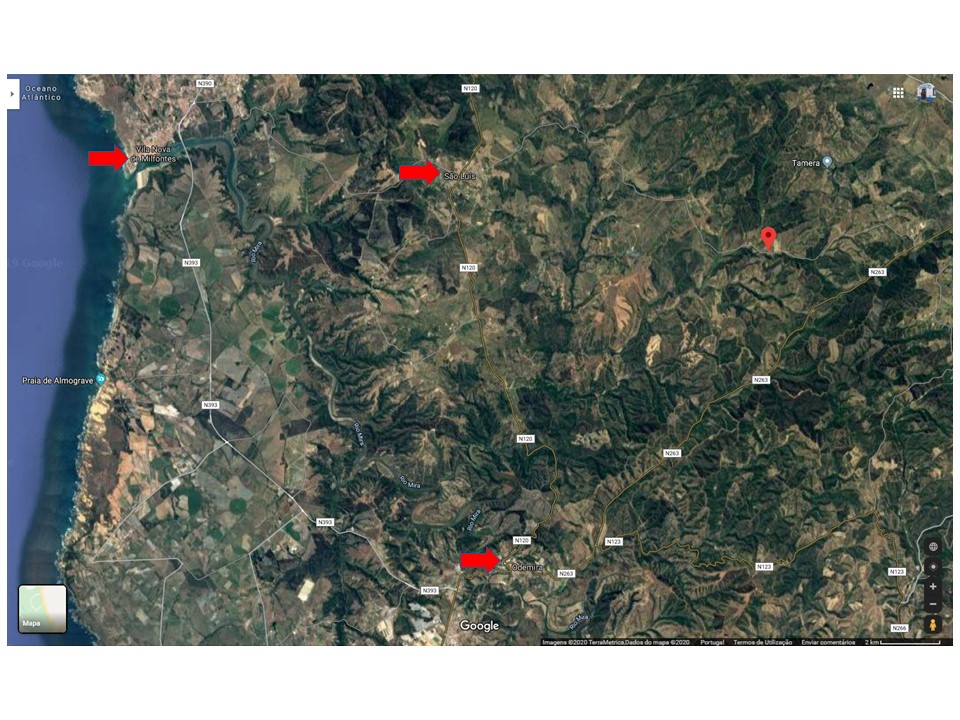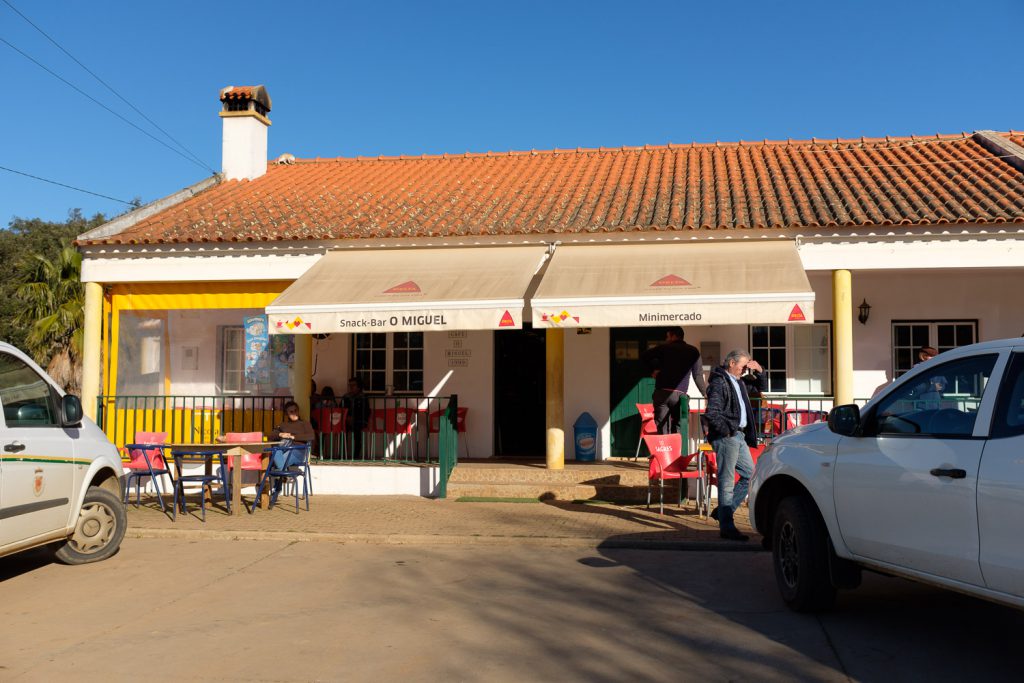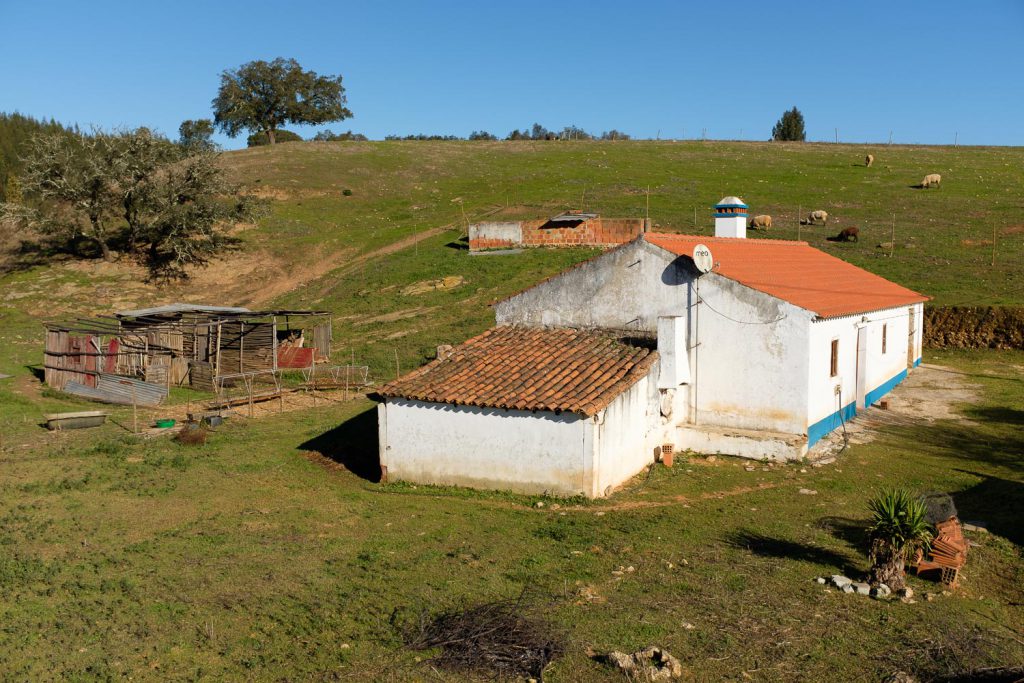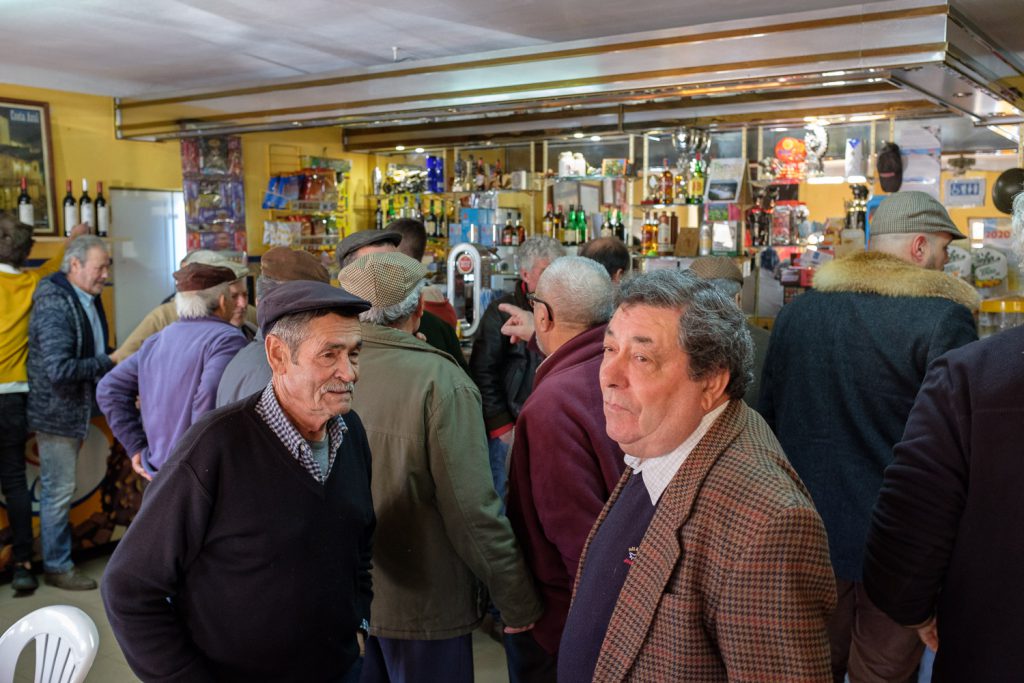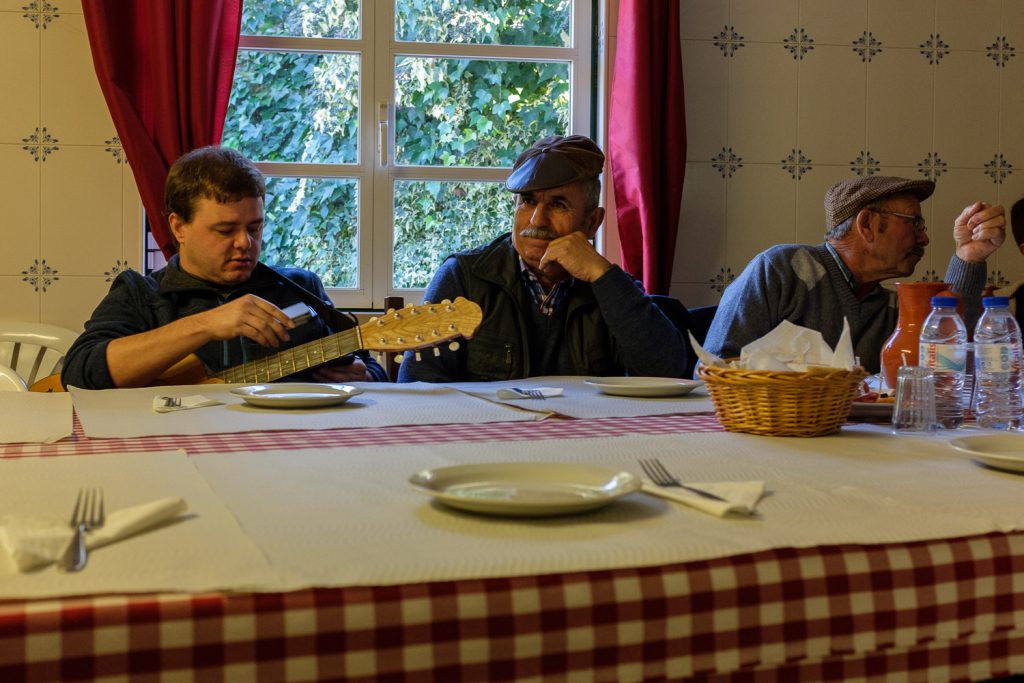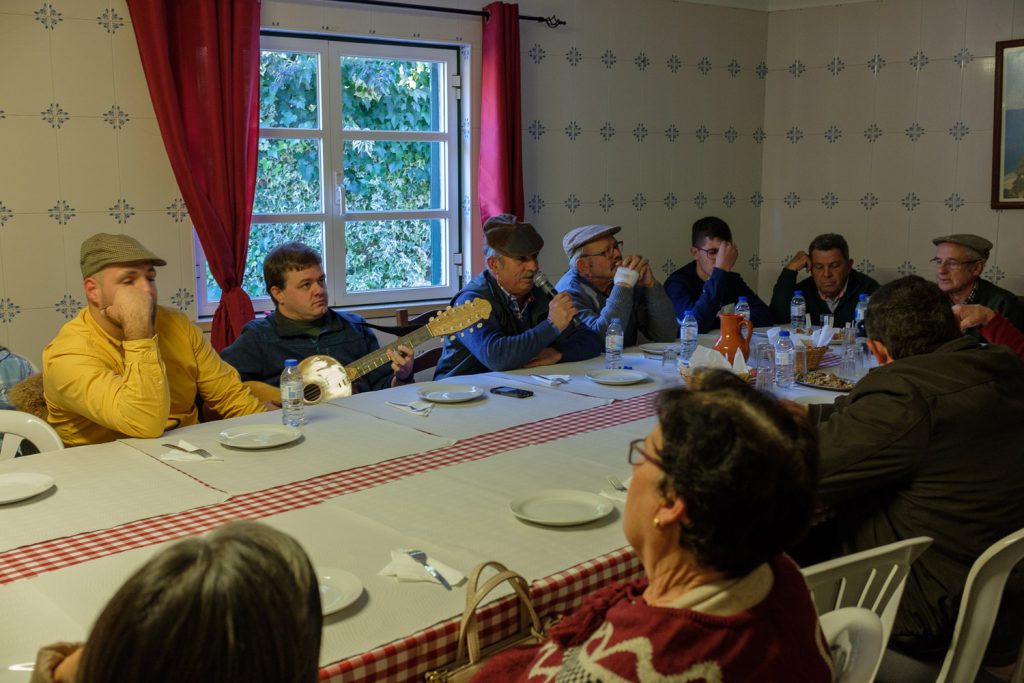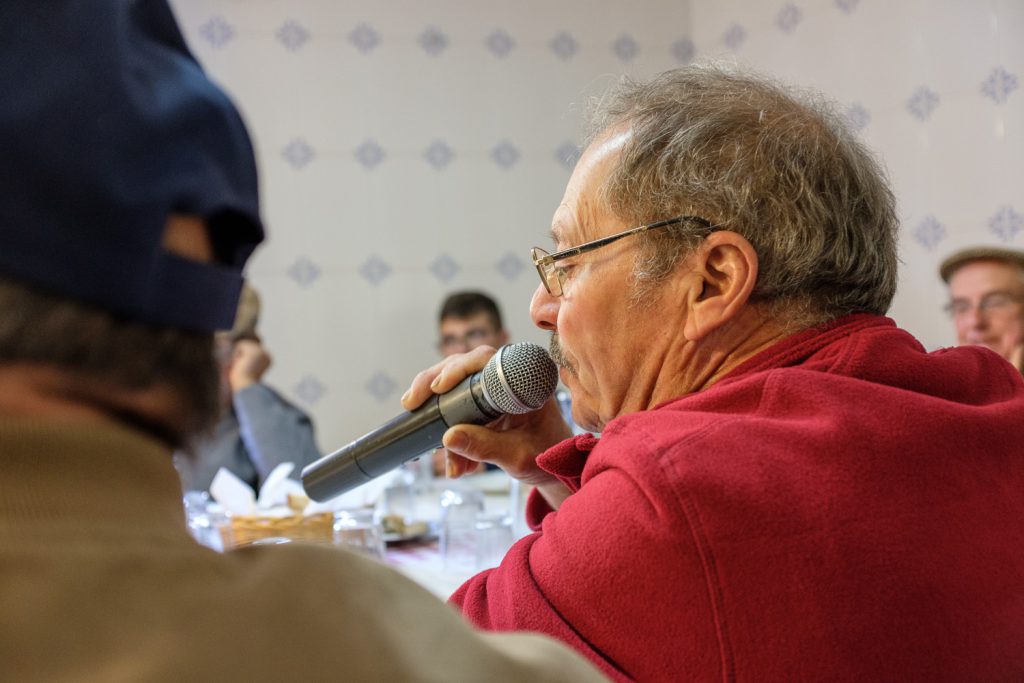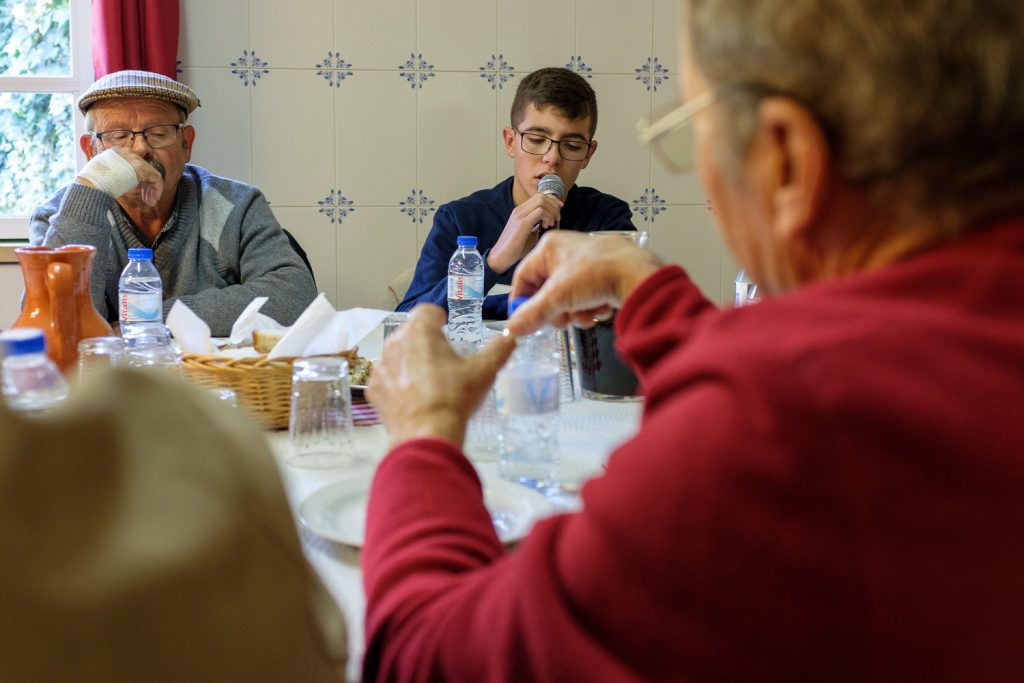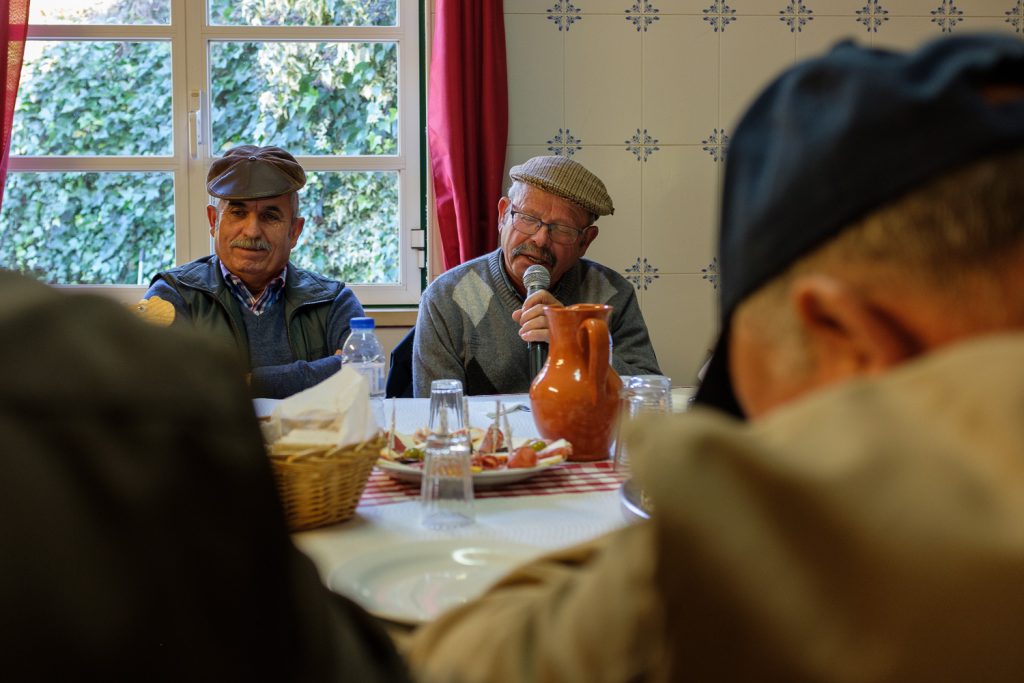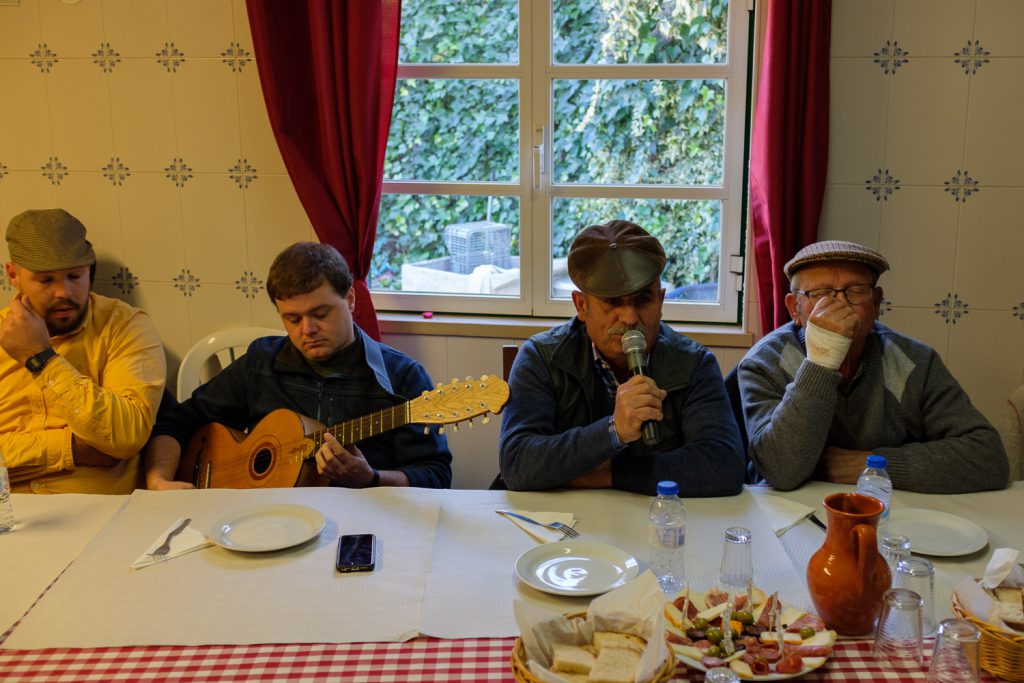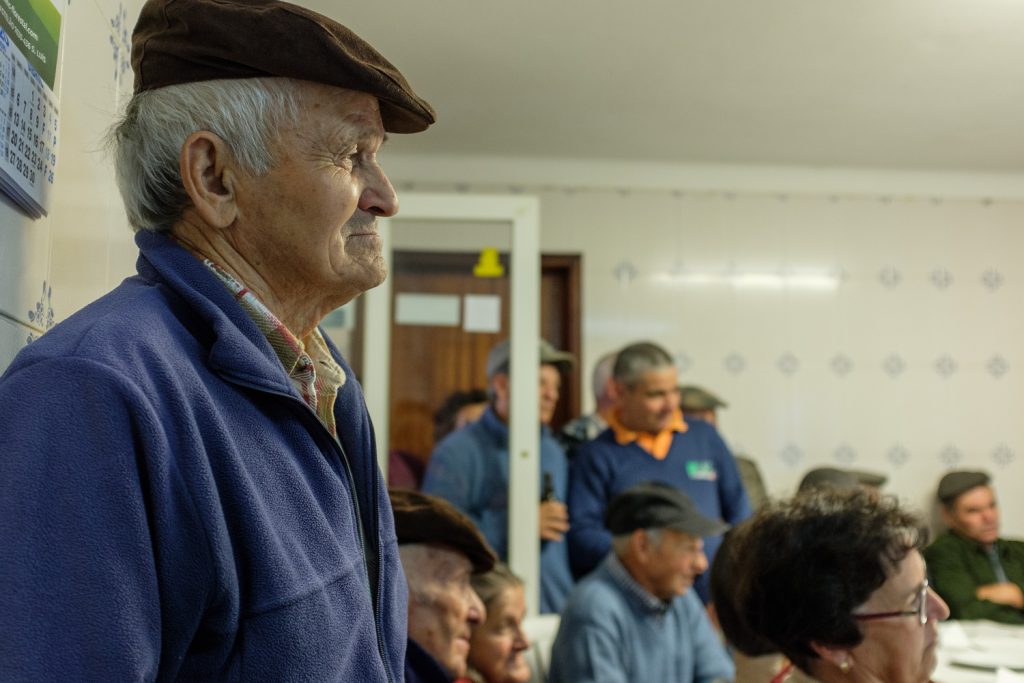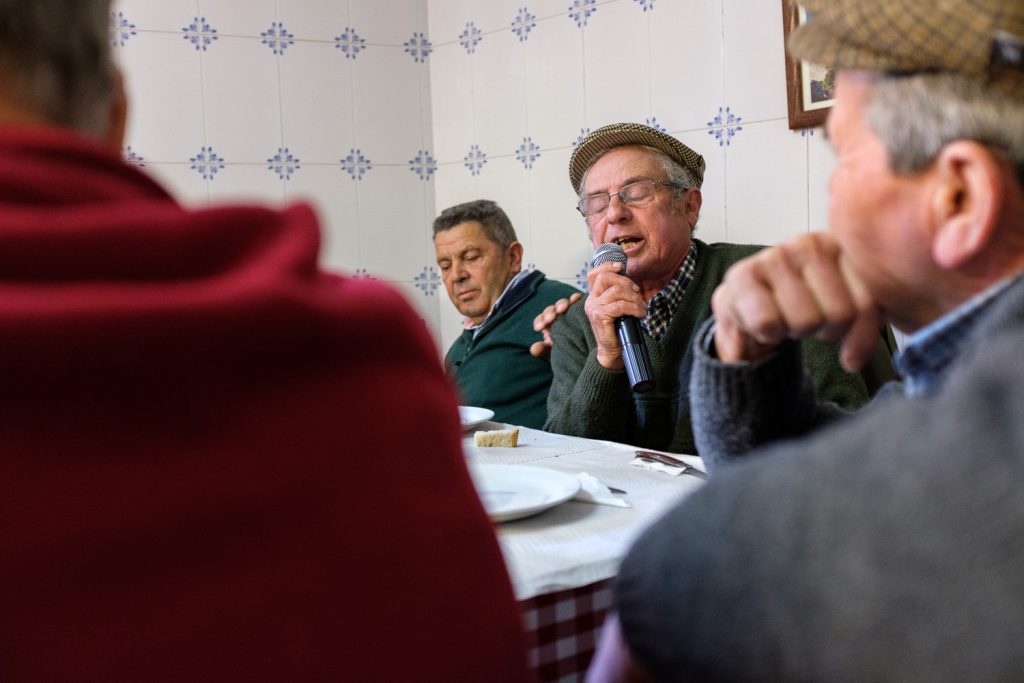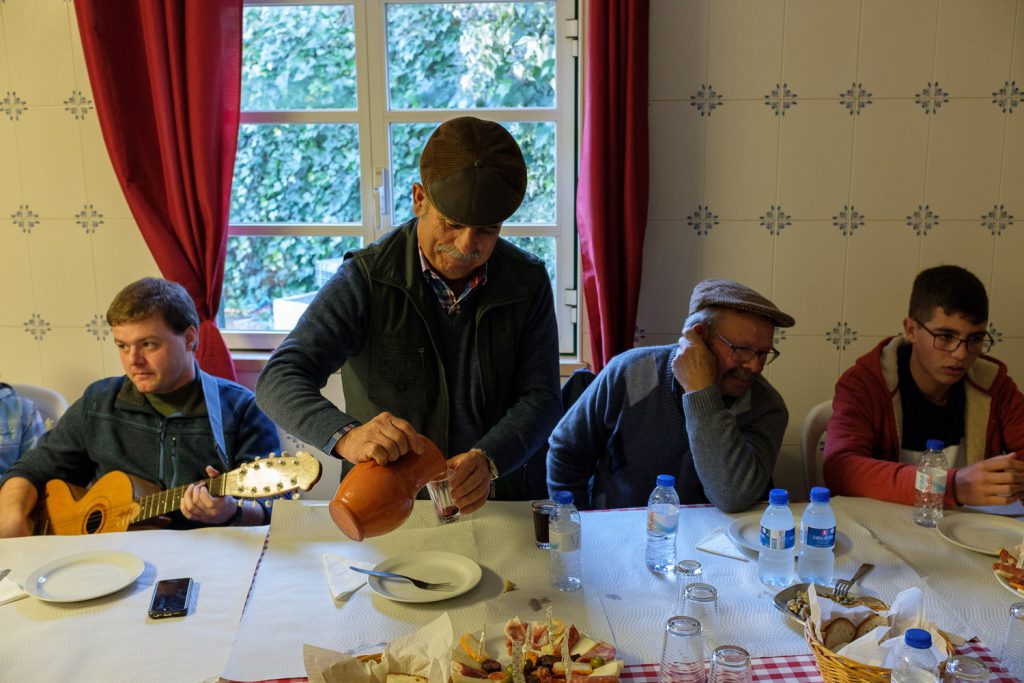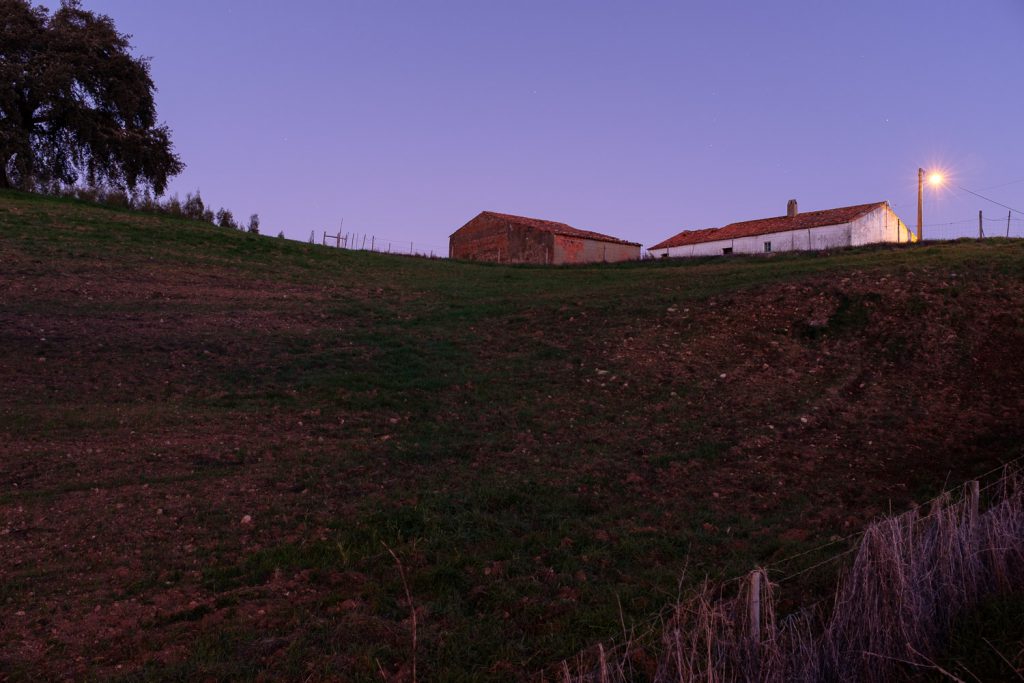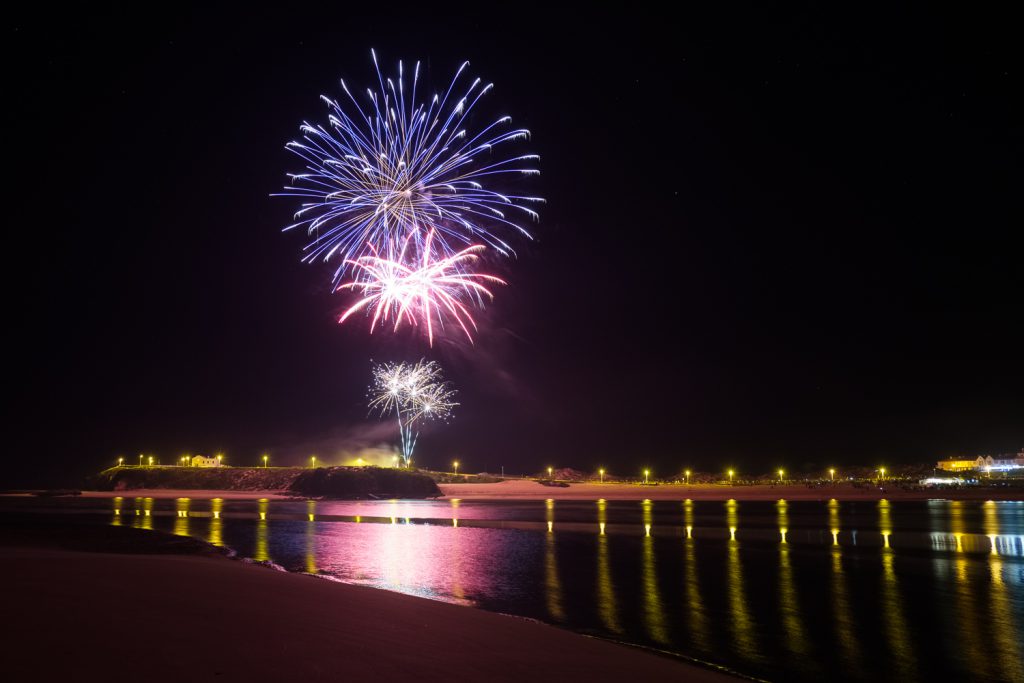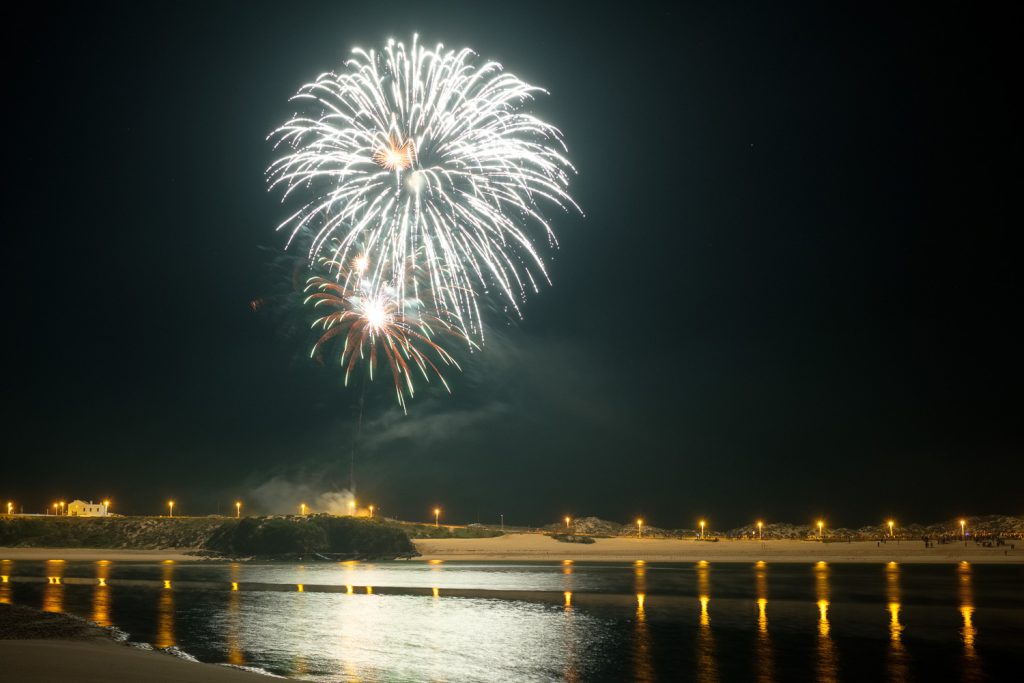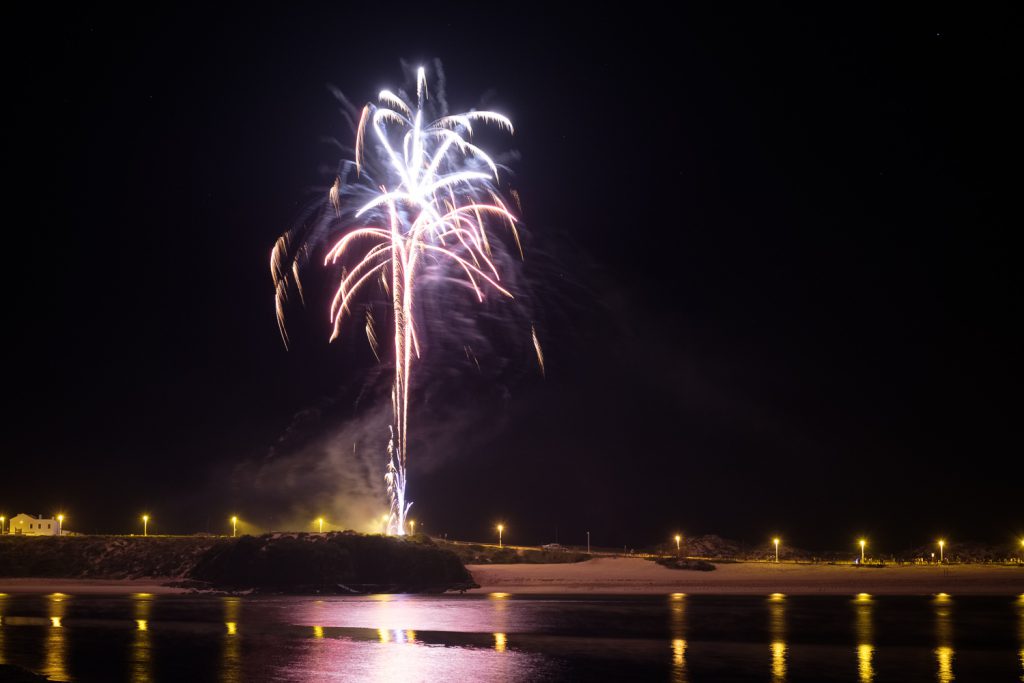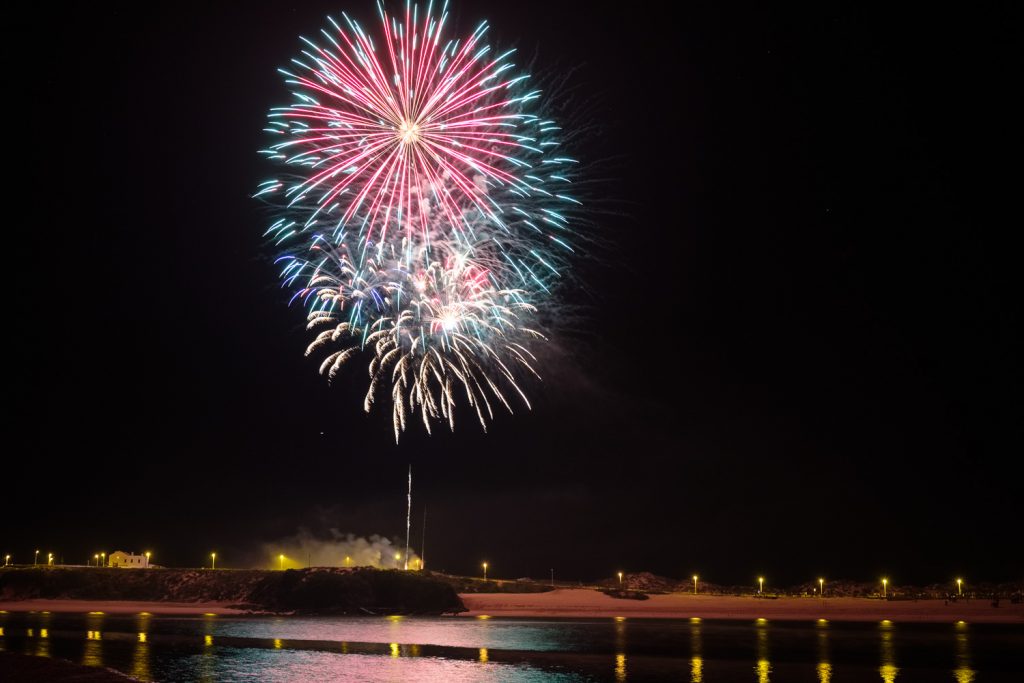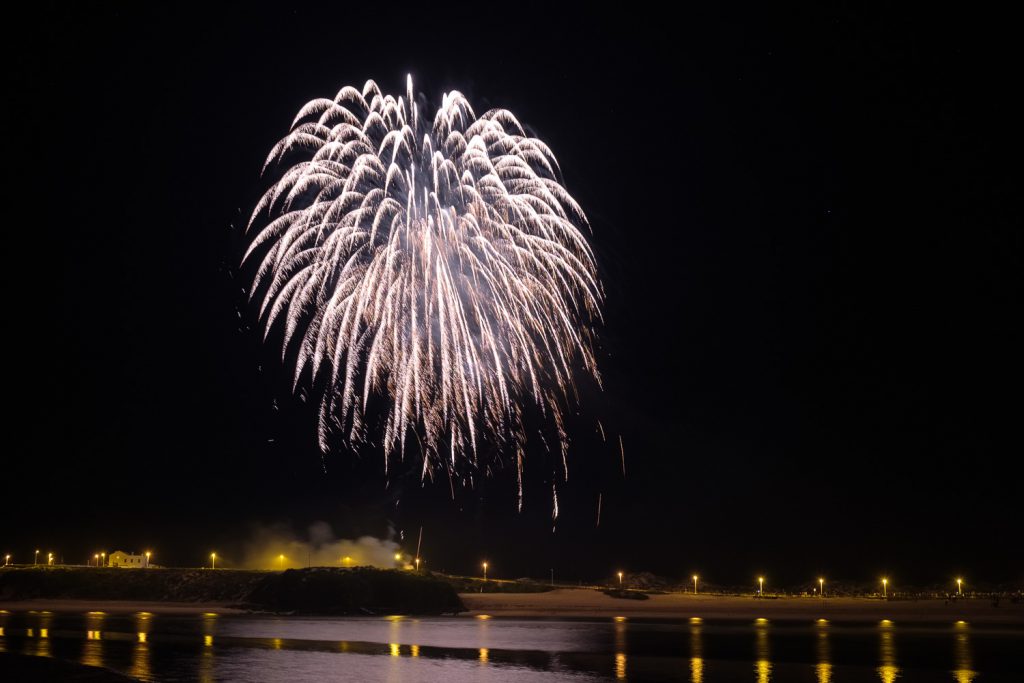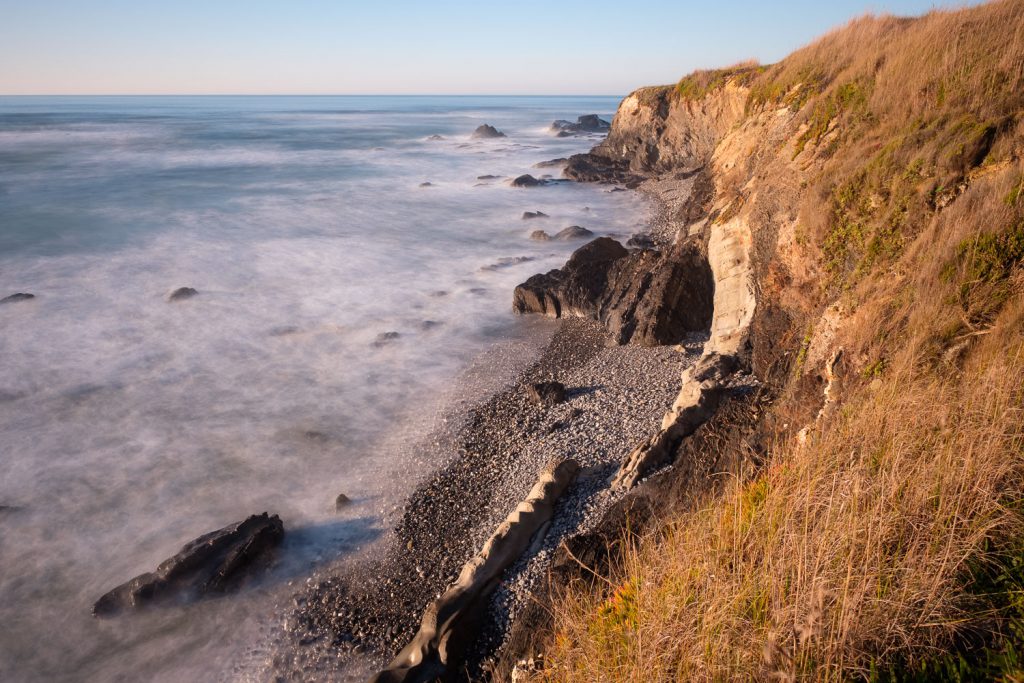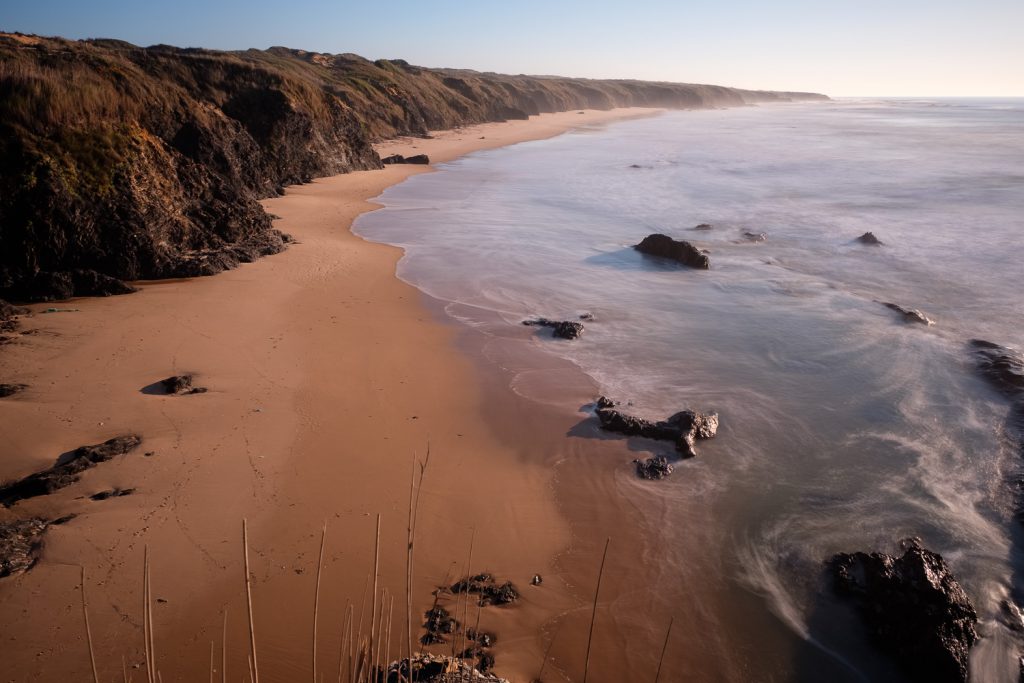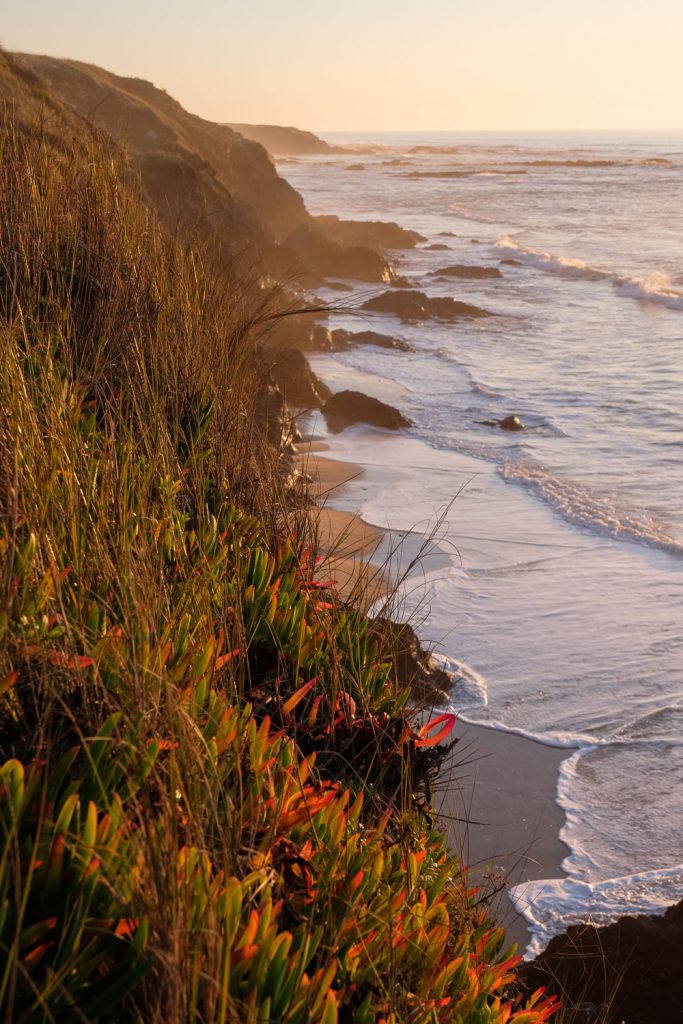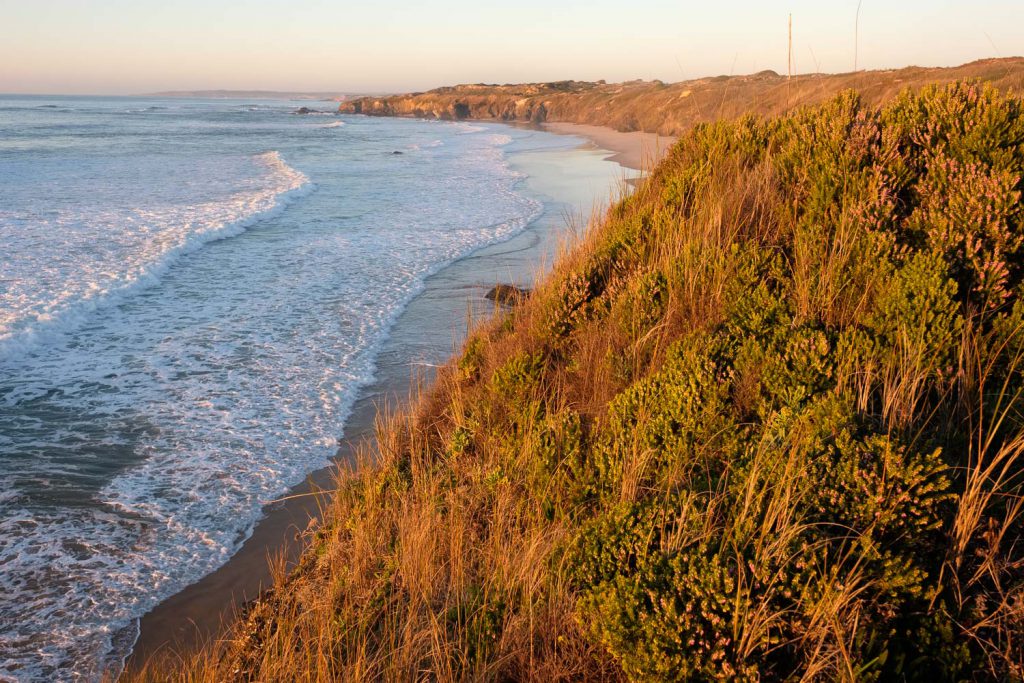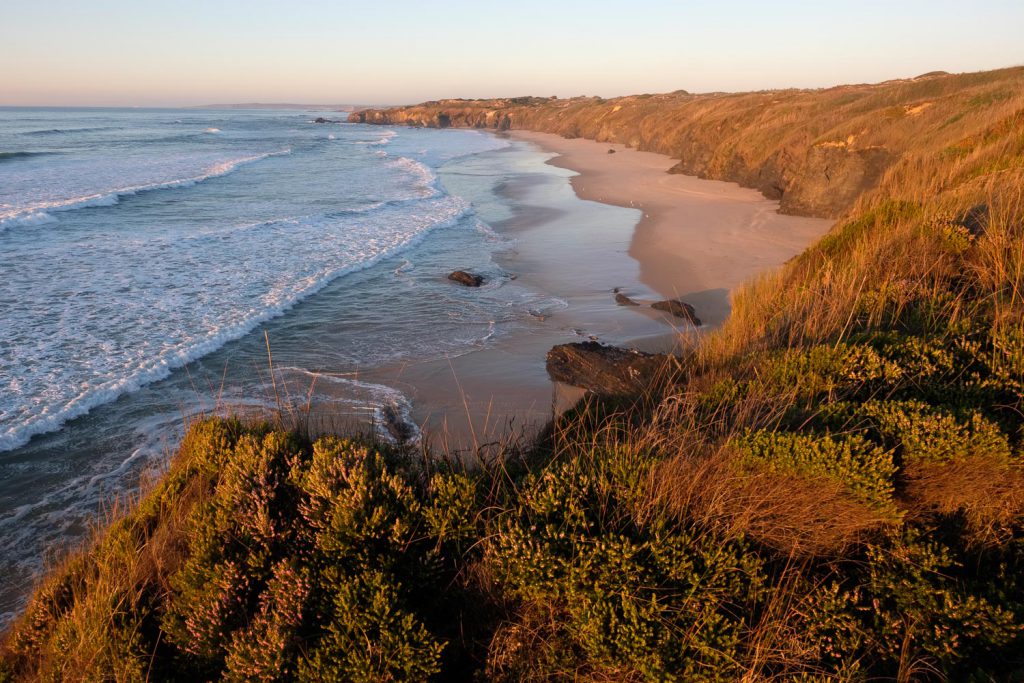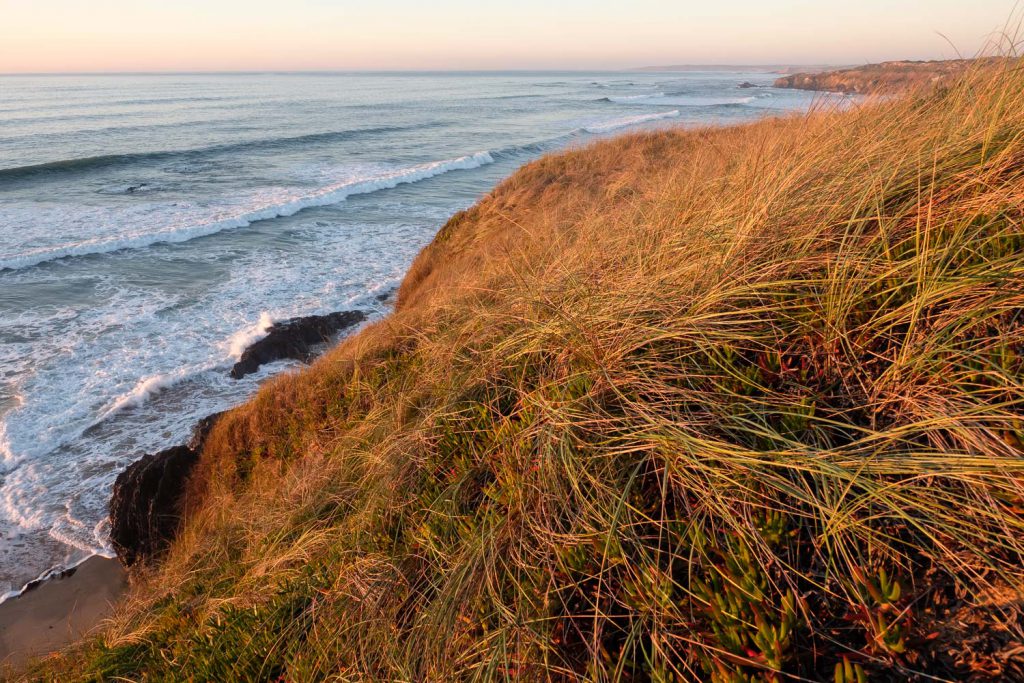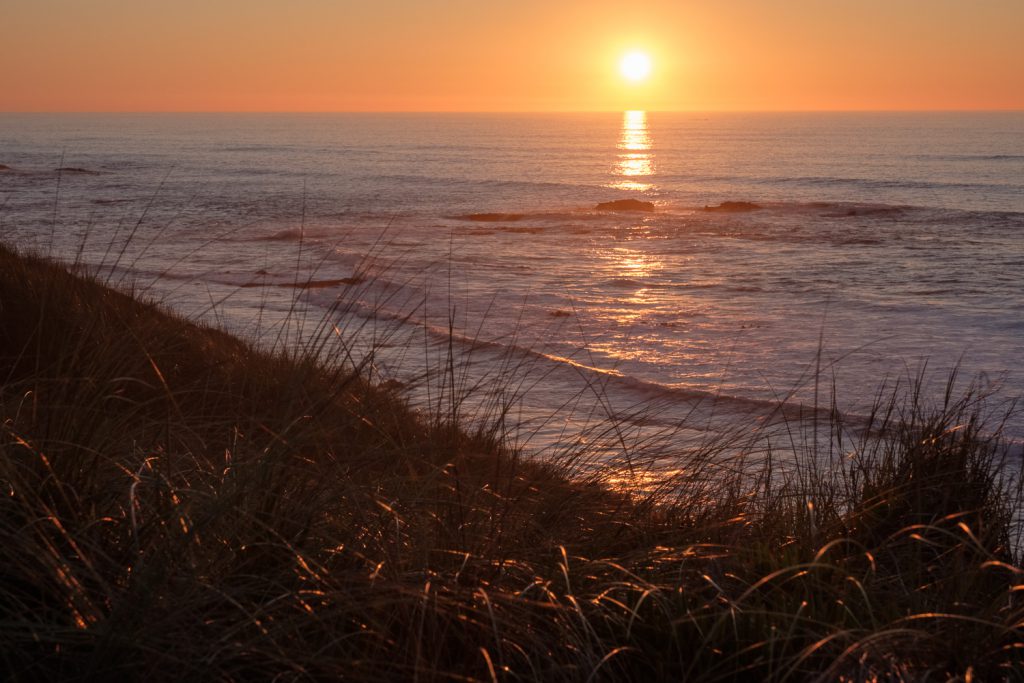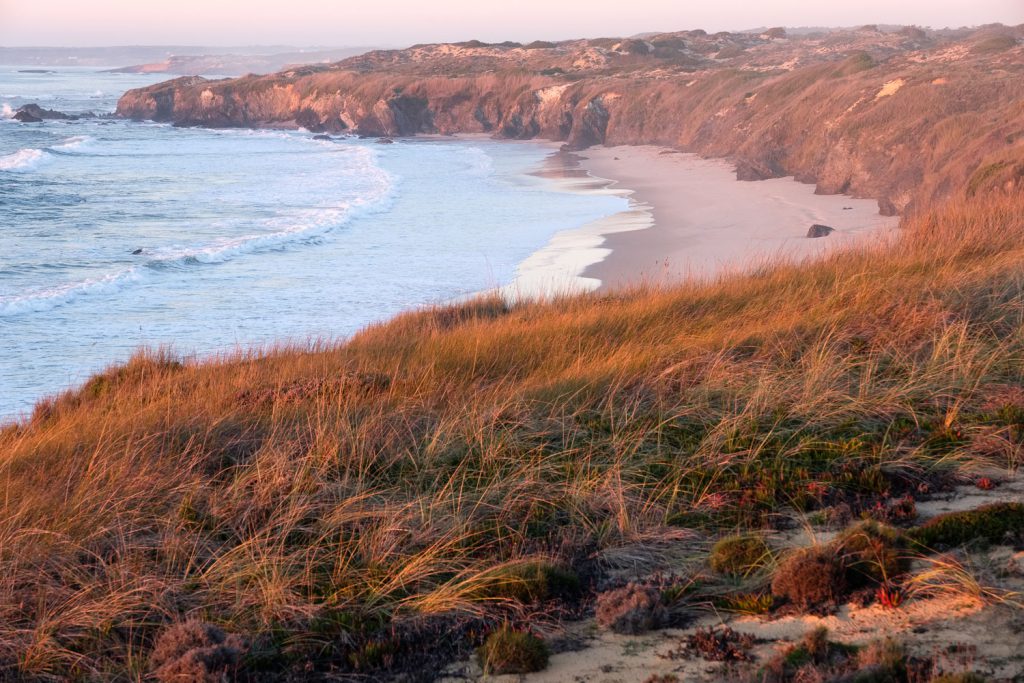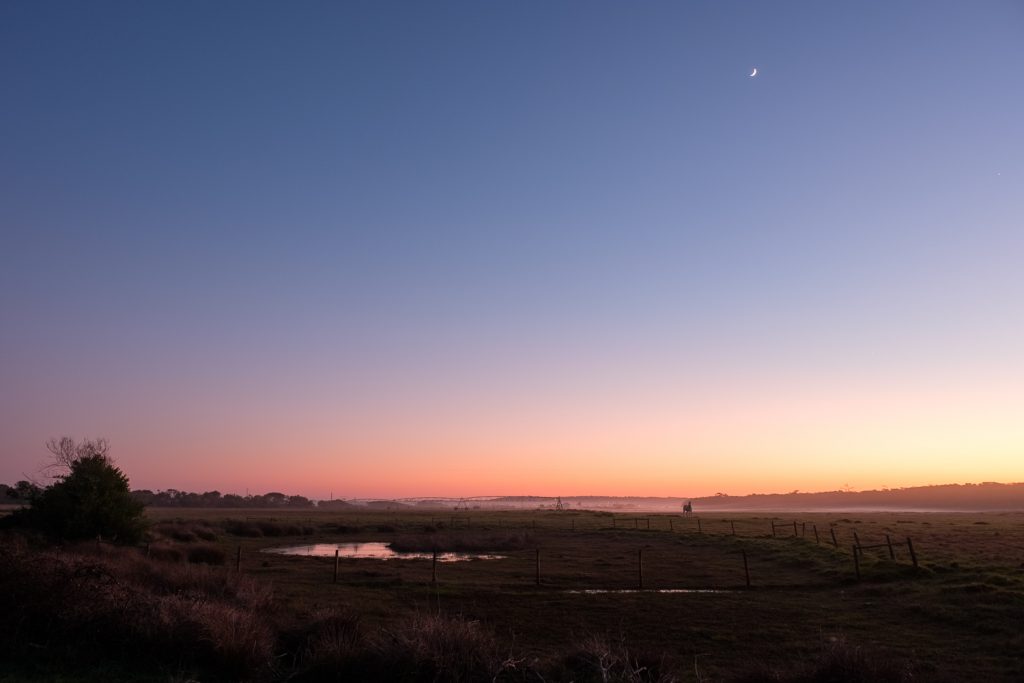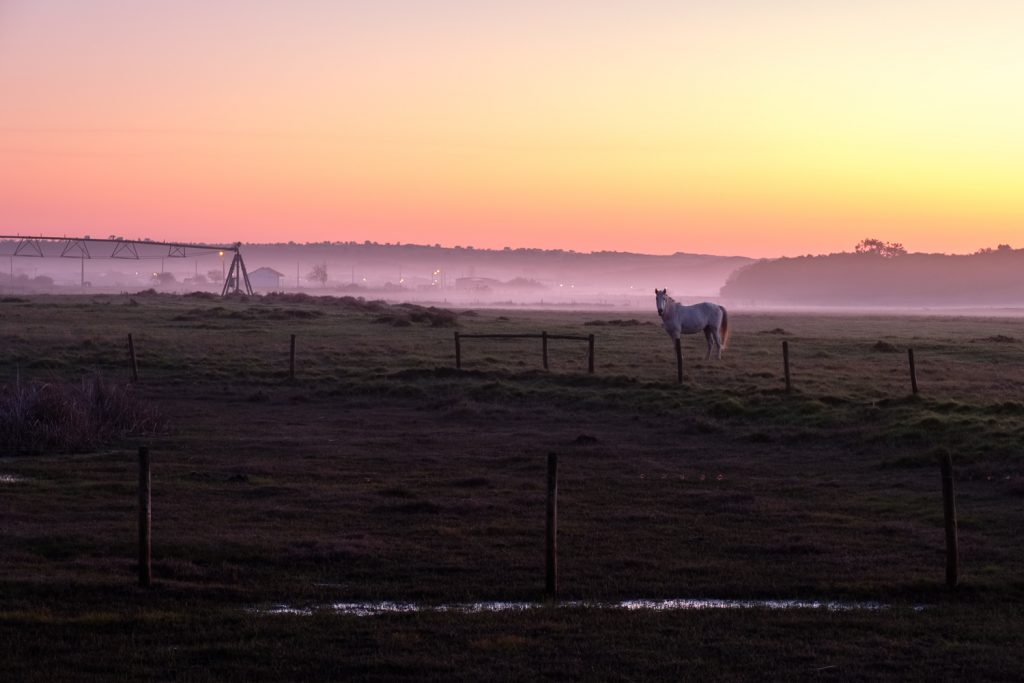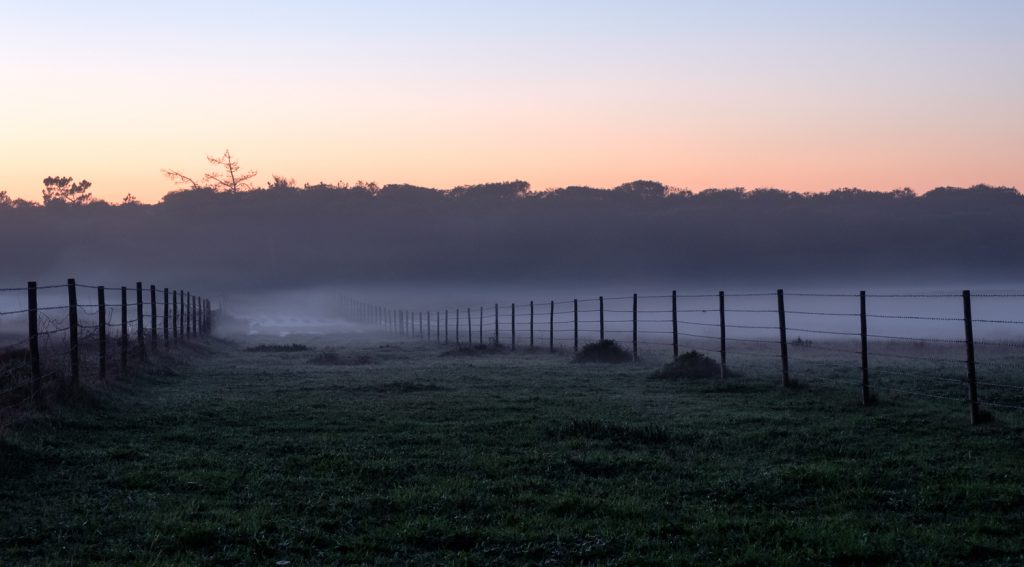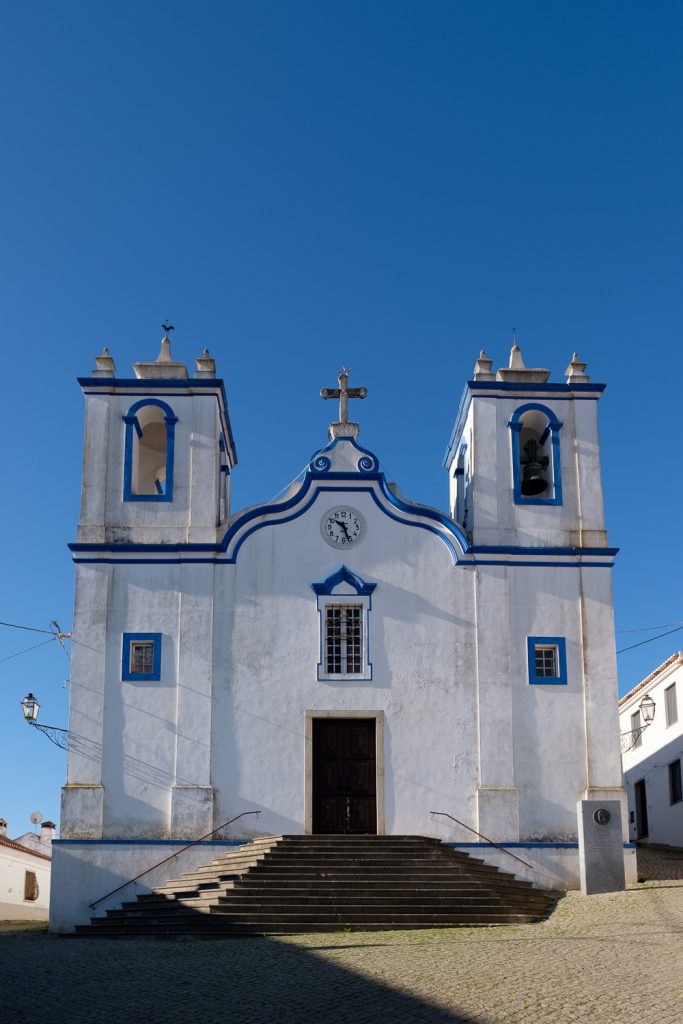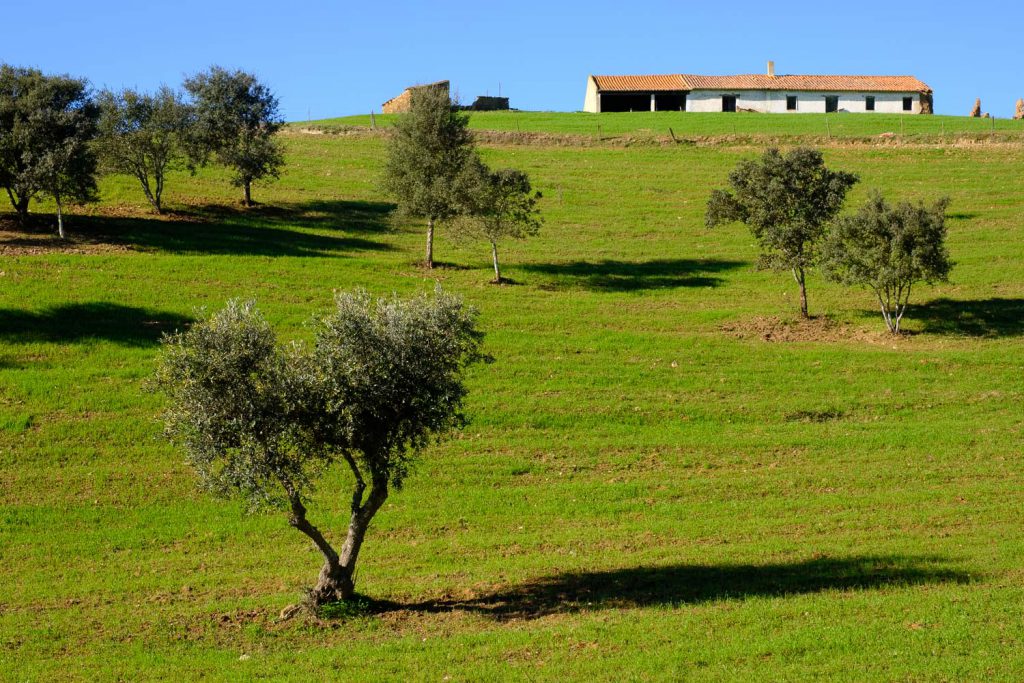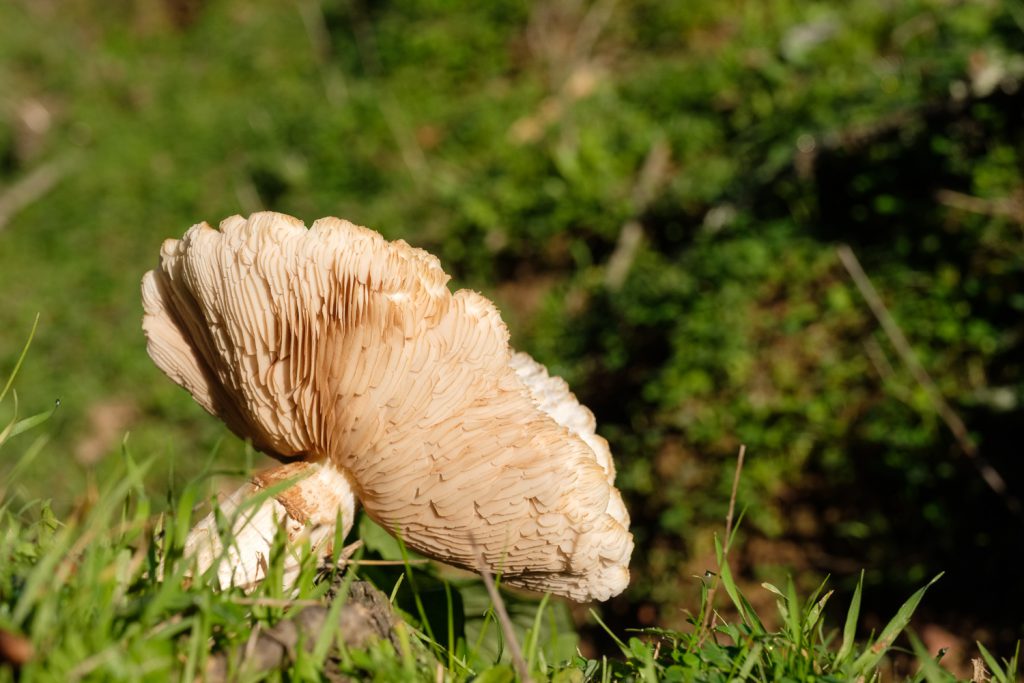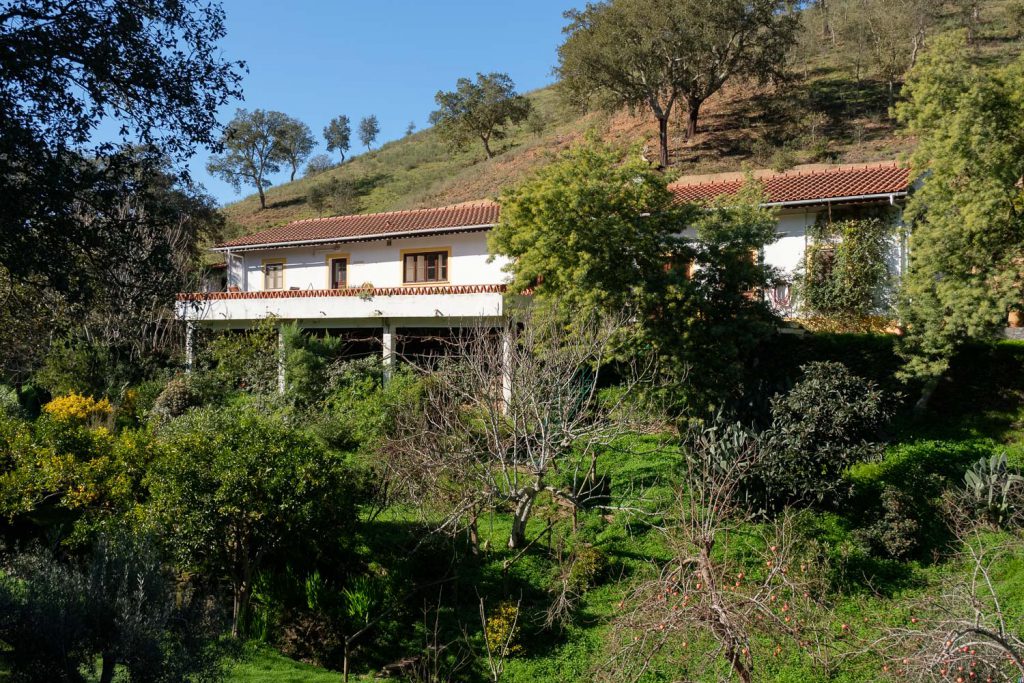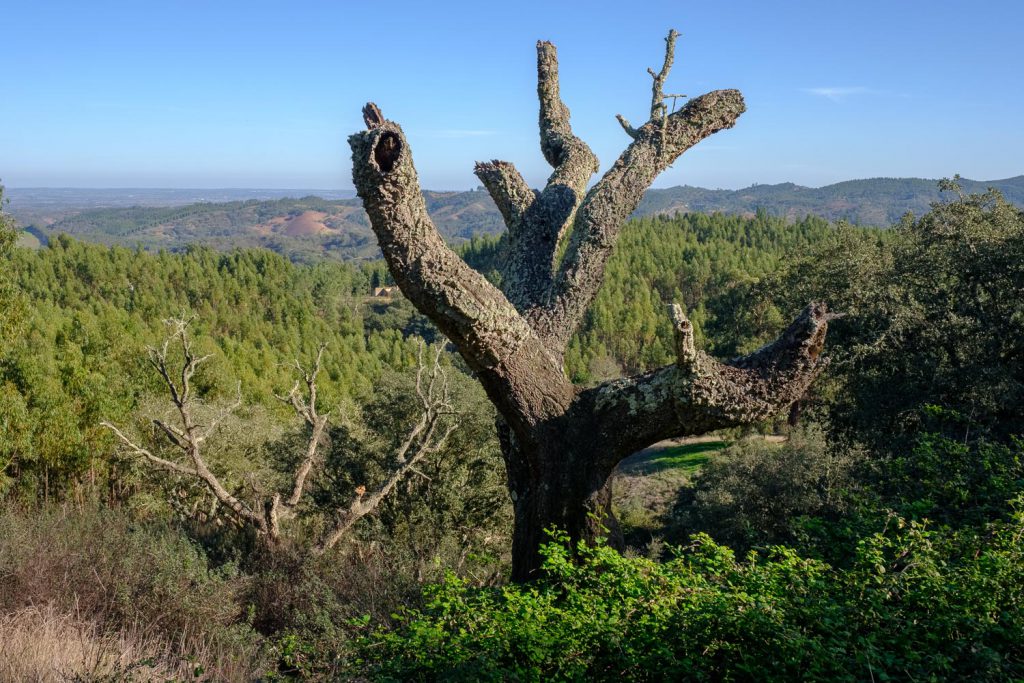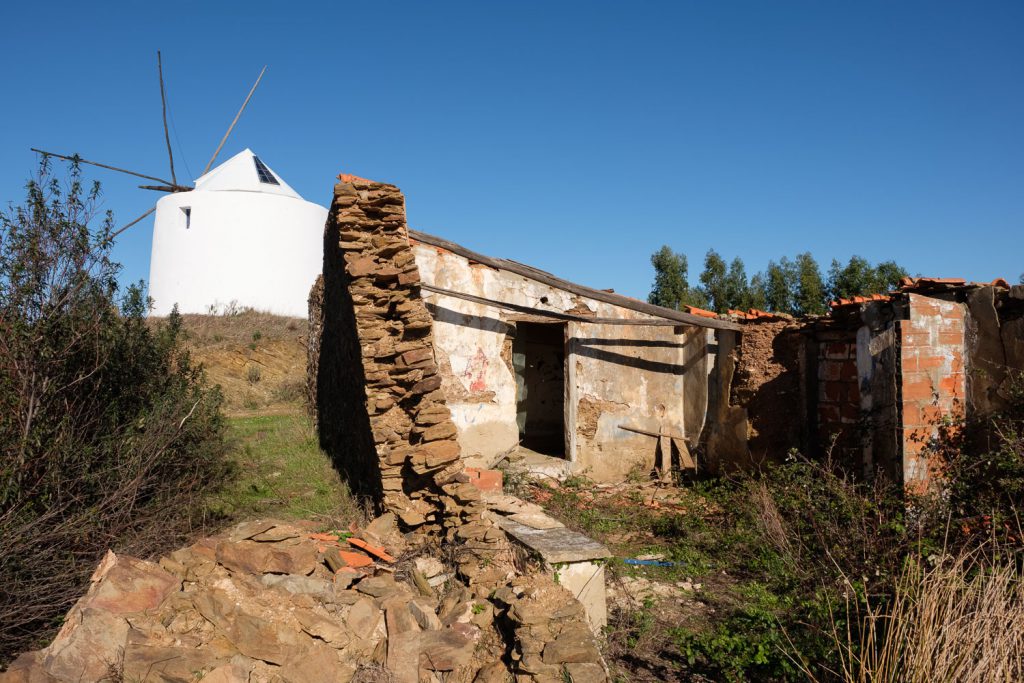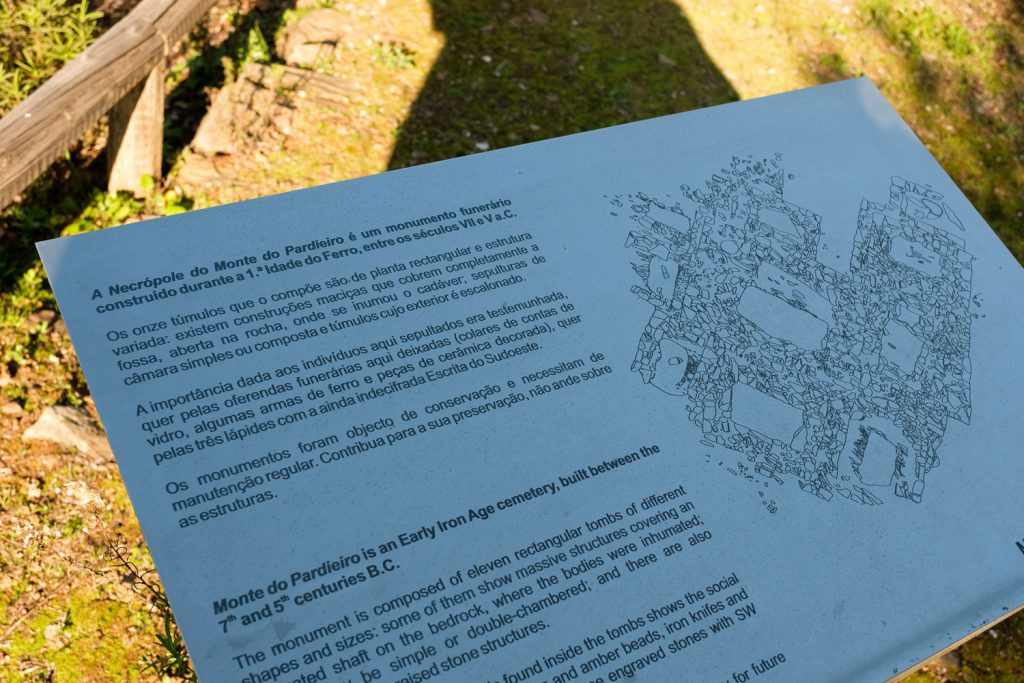Since a few years ago, the township of Odemira, in the southwest of Alentejo, has organized a series of cultural events called “Sonoridades & Sabores”, which can be translated as “Sounds & Flavours”. These events occur every couple of weeks between November and January, each time in a different parish. The idea is to preserve the local culture, in this instance a decades – old traditional way of singing. A few days ago I attended the event in the Reliquias parish, in a café of the small village of Ribeira do Salto.
The programme included “cante ao baldão”, an old and traditional way of singing “ao despique”, where several “cantadores” or “singers” challenge each other around a table, improvising and often replying to previous “provocations”. The singers are local people that come from the various neighbouring parishes, and have known each other for many years. “Baldão” means without any rules, so once the first singer starts, the others will follow, normally rising to the challenge. These tend to include personal stories, talking about honour, money, earth, water, hardships of rural life; in the end, they sing about life in this land that hugs the Southwest Alentejo and Algarve Sierras.
The group of “cantadores”, is accompanied by a musician that plays the “viola campaniça”, a musical instrument that is a regional example of the Portuguese guitar. In Odemira and nearby townships, the first historical record dates from 1916. This is also known as “viola alentejana” and is the largest of the Portuguese guitars. The same music – “moda marianita” – is played constantly during the event. The first singer will start the “story”, and after him, each one will continue, sometimes for hours. There are no breaks, and soon the group finds its own pace, while the player keeps adding the musical tones from the wire strings.
The “cante” is complemented by some typical local food and wine, fostering a feeling of familiarity between the singers and the assistance. The fare draws from local products, such as cold cuts, olives, and cheese. It truly is a special occasion, that brings the community together around the table, sharing stories, eating, and drinking. It is important that such heritage is not lost, as most of the singers are old men; I was happy to see that one of them was a teenager. Hopefully, these traditions will be preserved for the future.
It was the first time I have attended such an event, but I had a rough idea of what to expect, from published descriptions. This has helped when selecting what photo gear to bring with me. In order not to be conspicuous – the room in the local restaurant was small and packed – I only took my little Fujifilm X100F. This was the perfect choice for this occasion, as the camera is silent and has a fast-wide angle lens. I was standing halfway down the room, so I had a good view of the singers. I made a lot of photos, sometimes standing, other times just keeling in the cramped space between the chairs and the wall.
During the rest of the day, I also took photos of the local people, which are very friendly and welcoming. The older folk were proud that their traditions still lived on and were being passed to the new generation. I felt privileged to be able to attend such an occasion and look forward to participating in future ones. Below I point to a couple of links that have some historical background and references for this tradition. I also include a link with a short video taken with my phone.
https://www.facebook.com/1825621627/videos/10212846908087253/?id=1825621627
http://www.pedromestre.com.pt/v1/index.php/pt/gifts-2/viola-campanica
